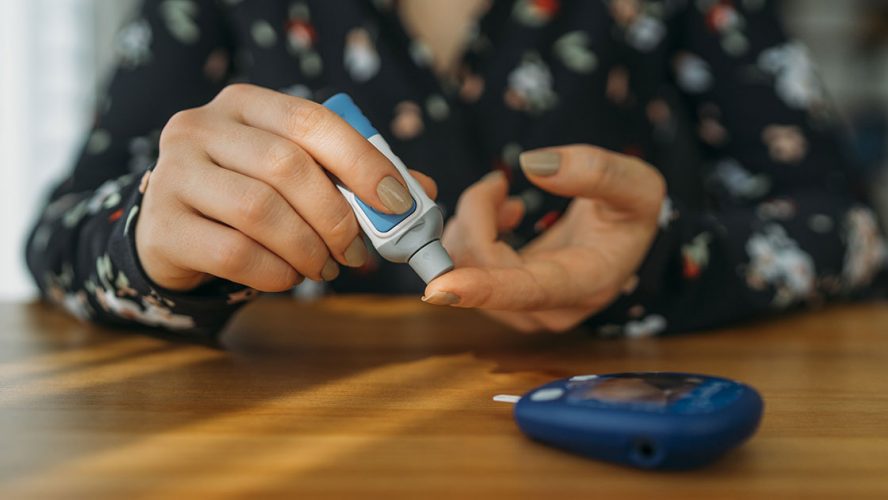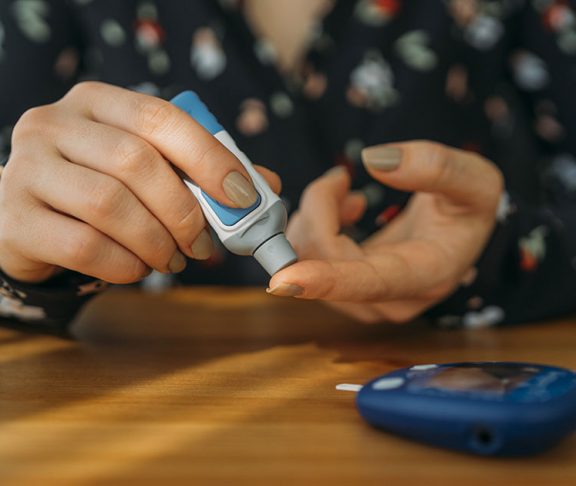For most people with diabetes, checking your blood sugar to keep it in a healthy range is just a part of life. That’s why choosing the right method that works for you matters.
The two main types are standard blood glucose meters that use a drop of blood to check what your levels are at that moment, and continuous glucose monitors (CGMs) that check your blood glucose regularly day and night.
What really matters
Within these two options, there are more choices than ever, from basic designs to more advanced models that have all the bells and whistles. And fancier isn’t necessarily better.
Start by considering ease of use. Some meters are made for simpler operation, whether it’s larger buttons, illuminated screens or audio capabilities.
Another consideration is the how much it costs and what your insurance will cover. Meters vary in price and some insurers limit coverage to specific models and the test strips that are used with them. Start by checking with your insurer to find out what they’ll cover.
Next, consider how the meter will retrieve your information, and whether you can download the data to a computer or mobile device to make it easier to share with your diabetes care team.
Flexibility is perhaps the largest advancement in diabetes care and management. If you’re using a blood glucose meter and are tired of finger pricks, there’s an alternative site monitor (CGMs) that allows you to draw blood samples from your arm, thigh, or the palm of your hand.
What are CGMs?
CGMs report your blood glucose levels in real time (e.g., every five minutes throughout the day), alert you when your glucose hits a high or low limit, and provide insight into glucose trends.
CGMs work by using a sensor placed on your skin. They transmit readings to a small recording device. Whether you manage your diabetes with a pump, daily injections, or oral medications, a CGM can help you manage your blood glucose.
Many people with type 1 and type 2 diabetes can benefit from using a CGM. Those who would benefit the most are people that have trouble reaching and maintaining target blood sugar. CGMs are particularly useful if you often have lows and are unaware of when they happen.
Even if you have a good handle on your diabetes management, you still may want to consider using a CGM because it’s convenient and eliminates the need for finger pricks. However, you’ll want to keep in mind that if you are managing your diabetes well without the use of a CGM, your insurance may not cover it; they might consider it a non-necessity.For more information, check out the American Diabetes Association’s Consumer Guide at www.consumerguide.diabetes.org.

